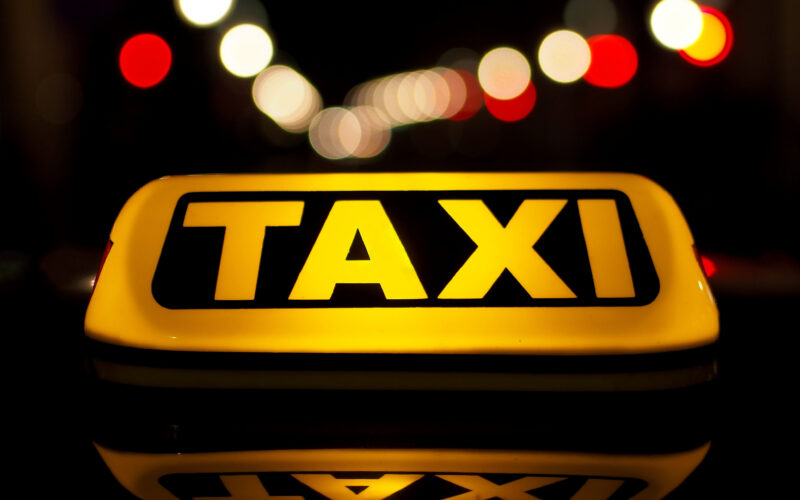First Successful Test For The Boeing Flying Taxi
Today was a historic day for the Boeing NeXt project. They have started testing their Autonomous Passenger Air Vehicle, which is also capable of vertical take-off and landing. Boeing NeXt, which is responsible for urban transport solutions for the future, has cooperated with Boeing’s subsidiary Aurora Flight Sciences to create the PAV prototype, which is also called the Boeing Flying Taxi.
This was one of the many tests that Boeing is going to do in the future. Engineers and designers tested whether the PAV can take-off, hover in the air and then land on the ground. Boeing plans to continue testing of its vehicle, as there is much more to assess before the PAV can be approved for commercial usage. Boeing has to test forward flying and wing-borne flight modes. The team also needs to overcome one major hurdle – the change from vertical flight to forward flight. Engineers have indicated that this is the most difficult procedure that the PAV has to be able to achieve.
The Impressive feat of the Boeing Flying Taxi
As Boeing NeXt’s team stated that this test was a success, you cannot deny that this whole process is very remarkable. Boeing’s chief technology officer Greg Hyslop said that “In one year, we have progressed from a conceptual design to a flying prototype, Boeing’s expertise and innovation have been critical in developing aviation as the world’s safest and most efficient form of transportation, and we will continue to lead with a safe, innovative and responsible approach to new mobility solutions.”
It is truly awe-inspiring. In a span of a year, Boeing can go from the drawing board to an operational prototype as complex as this PAV. The autonomous vehicle, dubbed the Boeing Flying Taxi by journalists, is powered by an electric propulsion system, with a range of 50 miles (around 80 km). It is 9.14 meters long and 8.53 meters wide, which is 30 and 28 feet respectively. The advanced airframe combines propulsion and wing flight systems to provide with efficient flight forward and when hovering.
Future of urban mobility
A lot of companies are investing in the future of transportation. We see plans to make electric flights a reality and autonomous cars getting closer and closer to widespread commercial use. Services like the ride-hailing app Uber are trying to reinvent the current outlook of city mobility. Uber, partnered with a lot of companies, including Aurora Flight Sciences has created the Uber Elevate program. It’s goal – to make vehicles like the Boeing Flying Taxi a reality.
While concepts like these are very exciting, on the other hand, there is a lot to think about before they can become a reality.
Firstly, legislation.
Who is going to be responsible in case of a crash? What about the airspace? As commercial aviation keeps growing, the space to fly above cities is just going to get more congested. Vehicles, such as the Boeing Flying Taxi, obviously will fly at low altitudes, but what if a person wants to get to the airport quickly? We all remember what happened at Gatwick recently, how does one prevent an autonomous drone disrupting flights?
Secondly, logistics.
If the air above cities is jammed full of aircraft, the situation on the ground is even worse. Because of this, where does the PAV land? Will it be able to land anywhere or does it require a special landing pad in certain locations? Even if it can land on the spot, just remember how hard it is to find a parking space for a car. And this is a 9 meter long and 8-meter wide vehicle that definitely won’t fit into narrow spaces.
Where is it going to charge? The Boeing Flying Taxi has a range of 50 miles. Considering various factors, such as weather, that could be even less. Nobody would want to see PAV’s dropping from the skies like house flies.
Thirdly, demand.
I do imagine that the potential cost of a ride on this vehicle is not going to cost a few dollars. Thus, the question stands whether there is demand for an expensive taxi alternative. The fact that it can just fly above the abysmal traffic of LA or New York makes it an excellent regular taxi substitute. On the other hand, will the general public be able to afford it? Consider not only the demand but also the two points above. Are cities around the world are prepared to adapt to such alternatives? They do have the incentive to do so. The Flying Taxi will reduce traffic and since it is electric, it will reduce pollution as well.
Still, considering all of these pointers, the Flying Taxi sounds like a brilliant alternative to regular cars. One thing is for certain that they can reduce traffic, pollution and the need for privately owned vehicles. Question is, how affordable can it get? While Uber Elevate promised air taxis can be affordable, no one knows what does the future hold for the future of urban mobility.
Though we are anxious to see how concepts like the Boeing Flying Taxi will turn out.

